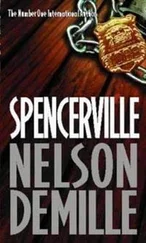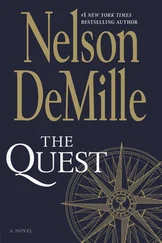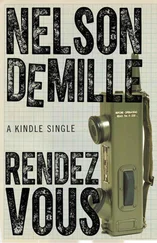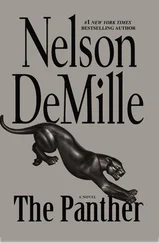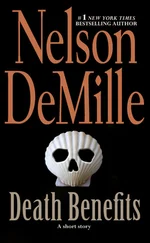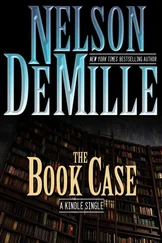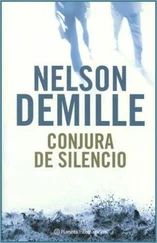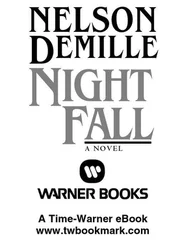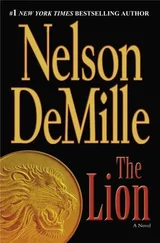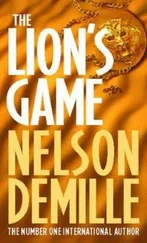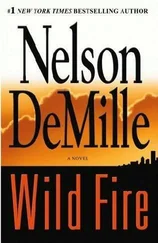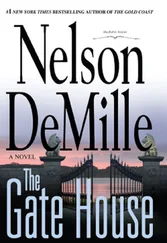There weren’t many private cars on the streets, and the ones I saw were predominantly Soviet-era clunkers belching exhaust smoke, but I spotted my first vintage American automobile, a canary yellow Chevy convertible, maybe a ’56 or ’57. The Yalies took pictures from the bus.
There seemed to be a lot of people hanging around not doing much, including work crews, apparently on break from their twenty-dollar-a-month jobs. No one was in rags, I noticed, but a lot of the women wore the same dark Lycra pants and tank tops. If there was malnutrition in Cuba, as Eduardo said, it wasn’t apparent in Havana, where many of the ladies seemed well-fed. The men, however, were leaner, and they dressed mostly in dark pants, sandals, and T-shirts, most of which sported American logos. I didn’t see any children, but they were probably in school — or not yet born, since Cuba had one of the lowest birth rates in the Western Hemisphere, which is never a good sign of a country’s future.
The bus continued, and Alison announced that we’d make our scheduled stop at the Plaza de la Revolución, which we did, and we all got off the air-conditioned bus into the sweltering October heat of Havana.
The plaza was huge, and Tad told us that a million people — ten percent of Cuba’s population — had come here in 1998 to hear John Paul II say Mass. That’s a lot of bread and wine for the Pope to hand out, and a lot of Porta-Juans. More importantly, for an officially atheist country, that was a lot of people showing up to hear the word of God.
The plaza was surrounded by mostly ugly buildings, one of which had on its façade a colossal metallic outline of a bearded and bereted Che Guevara, with the words HASTA LA VICTORIA SIEMPRE, which I thought might be Che’s last words to his wife, Vickie, but which Tad said meant “Always toward victory.” I needed to bone up on my Spanish. Corona, por favor.
Anyway, there were about a dozen tour buses idling around the mostly concrete plaza and groups of tourists snapping iPhone photos that they couldn’t e-mail to anyone until they were out of Wi-Fi-less Cuba.
We’d all hoped to see public toilets, or vendors selling cold drinks in the plaza, as you’d see anywhere else in the world, but apparently cold drinks and toilets were not part of the new five-year economic plan.
A few of our group snuck onto the other buses to use the toilet, and some people got back on our bus to get out of the heat. Our first few hours in Cuba were proving to be a challenge for the less hardy souls, who probably wouldn’t sign up for the Yale educational trip to Afghanistan.
One of the ugly buildings in the square had military vehicles in front of it and dozens of armed soldiers around it. Tad said that was the headquarters of the Communist Party. The Yalies took pictures.
The good news was that the plaza was filled with parked vintage American automobiles, and the drivers of these beautiful taxis were hustling the tourists to have their picture taken next to the cars, many of which had American flags flying from their antennas, which was interesting.
The cars were all pre-1959, of course, the year that time stopped here, and all of them were in mint condition, more lovingly restored and maintained than the buildings around the square. Maybe I’d buy a vintage Caddy when I was rich next month.
Meanwhile, I thought that one of these cars would make a good photo for Dave Katz, so I picked a baby blue Buick convertible that the owner said was a 1956 and I gave him my iPhone. Sara was standing nearby and I asked her to pose with me, but she declined. The Buick owner, who spoke good English, wouldn’t take her no for an answer — and lose two bucks — so he took Sara’s hand and led her to his car. The entrepreneurial and romantic gentleman urged us to get closer and I put my sweaty arm around Sara.
“Beautiful! Smile!”
He took two shots and I said to Sara, “I’ll text these to you. Can I have your number?”
“Maybe later.” As she walked away, I saw that a few of our group had noticed my interest in the pretty single lady whom I’d assisted at the airport. I gave the Buick driver an American five, though the transaction was illegal for both of us.
On that subject, Alison announced that we had to get to the bank to get CUCs because sometimes they ran out of money. We all boarded the bus and Tad advised us that the bank tellers sometimes slipped you counterfeit fifty- and hundred-CUC notes that they’d bought for half price, and they kept the real ones for themselves. “Check for the watermarks,” said Tad. Sara’s grandfather was rolling over in his grave.
We got moving and headed north up a wide boulevard with a landscaped median flanked by art deco structures, most of which needed restoration. In fact, this whole city needed Cuban American contractors from Florida.
The bus turned onto a side street and stopped in front of a small, shabbily constructed building that looked like a welfare office, but was in fact a government bank. We filed out of the bus into the grimy building and stood in line to change our Yankee dollars into Cuban Convertible Currency.
Carlos had advised me not to change more than five hundred dollars at a time to avoid drawing attention to myself. According to Carlos, half the population of Havana were volunteer snoops called los vigilantes, or los chivatos — the finger pointers — members of the revolutionary watch committees who reported on their neighbors and also reported any suspicious activities of foreigners. Okay, we definitely weren’t in Switzerland, but I had the feeling that Carlos, like Eduardo, exaggerated the degeneration of Cuban society. Somewhere beyond the paranoia and the hate of the regime was a reality that was not easily understood.
I handed over five hundred greenbacks and my passport to an unsmiling teller and expected to get five hundred CUCs back at the official exchange rate of one for one, but there was a ten percent Screw You, Yanqui charge for American dollars, and they also Photostatted my passport.
After everyone was back on the bus — holding up their CUCs to find the watermark — Tad did a head count and off we went. Alison said our next stop was the Hotel Nacional, where lunch awaited us, then to the Hotel Parque Central, where hopefully our rooms would be ready.
I looked out the window as we made our way north toward the Straits of Florida. Havana. Mildewed magnificence , said the guide book.
When you get to a place that you think you know because it’s been in the news, or because it’s been talked and written about so much, what you discover is that you know nothing about the place. As it said in my travel packet: Put your prejudices aside and discover Cuba for yourself.
Okay, but in the end it didn’t matter much to me what the truth or the reality was of this place, and I didn’t need to leave here wiser; I needed to leave here richer. And alive.
Our tour bus pulled into a long, tree-lined drive that ended at the imposing Hotel Nacional, which according to Alison had been inspired by the Breakers in Palm Beach, where I’d actually stayed once, and when I got my bill I knew why they called it the Breakers. But that was in my carefree days before I sunk my small fortune into The Maine — which I actually didn’t own anymore.
Alison also informed us that the Nacional had been opened in 1930, and that it had been the scene of many important events in Cuban history, including a takeover by a group of revolutionaries, many of whom were later executed — maybe for complaining about their bill. Also, according to Alison, the Nacional had hosted many rich, famous, and powerful people, including royalty, world leaders, and American movie stars. The infamous had also stayed here, including Meyer Lansky and Lucky Luciano, who in 1946 convened the largest meeting ever held of the American Mafia, which gathered in the Nacional under the cover of a Frank Sinatra concert. I wondered if Frank knew what was going on. In any case, I’d heard of the Nacional and it had come to mind as a good place to meet Jack.
Читать дальше

